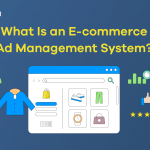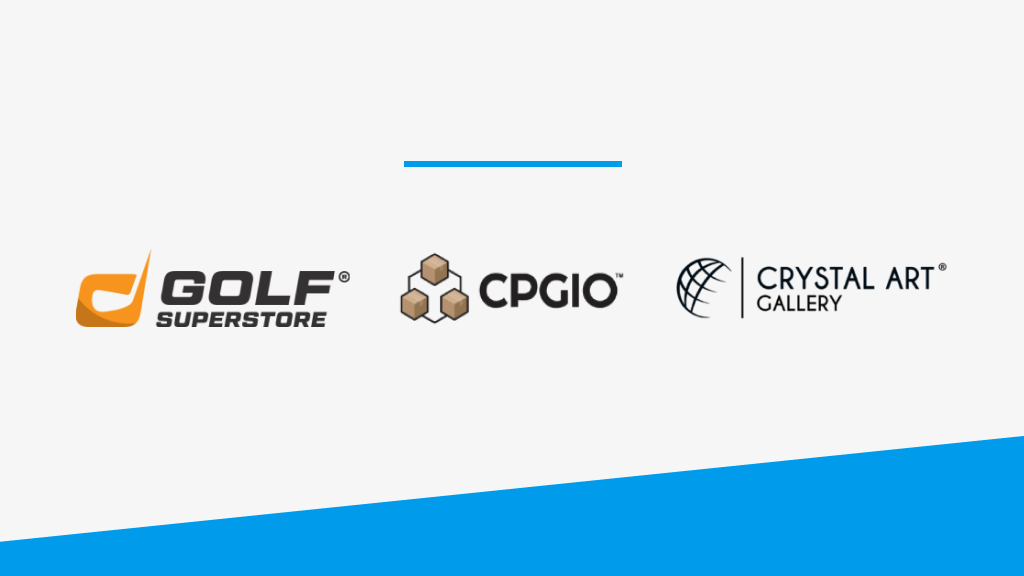
Key Points
- Many businesses have turned to Descartes Sellercloud to unify their fragmented ecommerce operations, solving various challenges and helping promote growth.
- As businesses grow, the channels and solutions they rely on increase and become disjointed, and this can create challenges for ecommerce sellers.
- Some of the biggest challenges for fractured ecommerce businesses include overselling, underselling, inconsistent marketplace listings, and high labor costs.
For fast-scaling ecommerce brands and third-party logistics (3PLs) businesses, operational fragmentation is a hidden growth killer. When your systems don’t talk to each other, your team wastes time on manual work, your data becomes unreliable, and your customer experience suffers.
If you’re juggling multiple tools for listings, inventory, orders, and shipping, you’re not alone. Ecommerce leaders like Golf Superstore, CPGIO, and Crystal Art Gallery faced the same challenge. Their turning point? Centralizing operations with Descartes Sellercloud.
The Cost of Fragmented Ecommerce Operations
Most ecommerce businesses start small—a couple of SKUs on one channel. However, as they scale to new marketplaces, warehouses, and fulfillment models, the tech stack grows disjointed:
- Inventory lives in one system, and listings in another.
- Each channel requires separate updates.
- Teams have to manually synchronize orders, product info, and stock levels.
This leads to:
- Overselling or underselling that causes lost sales, cancellations, and unsold inventory holding costs.
- Inconsistent listings across marketplaces that confuse customers, reduce trust, and trigger order fulfillment errors.
- High labor costs from repetitive tasks that could be automated.
- Delayed time-to-market for new products, which hurts competitiveness, delays revenue, and wastes marketing launch efforts.
A business may use some sort of ecommerce software, but it might not be optimized for managing operations. For example, they may try to use shipping software to manage inventory across multiple marketplaces. These solutions focus solely on one area of ecommerce instead of your entire business.
This has a direct impact on business growth. For example, many ecommerce solutions are built around helping you manage Amazon operations, and while they may be good for Fulfillment By Amazon (FBA) operations, once the business expands beyond this marketplace, the solution might not be enough anymore.
If the business expands into wholesale or international sales, or if they manufacture or refurbish goods, they may end up using one system in the backend, such as an Enterprise Resource Planning (ERP) solution, and using their ecommerce solution as a channel connector.
In such scenarios, a business would benefit from a centralized all-in-one ecommerce solution, such as Descartes Sellercloud, rather than a solution that only aids one area of the business.
Case in Point: Golf Superstore
Golf Superstore had to create new products three times—once in their listing solution, again in their warehouse software, and a third time in their POS, Lightspeed. This manual workflow drained productivity and delayed listings. With Descartes Sellercloud, they unified operations:
- One product creation process powers all channels.
- Direct integration with Lightspeed POS.
- Automated listing distribution across Amazon, eBay, and more.
“It cuts so many steps, cuts so much time,” said Josh Williams, Operations Manager of Golf Superstore.
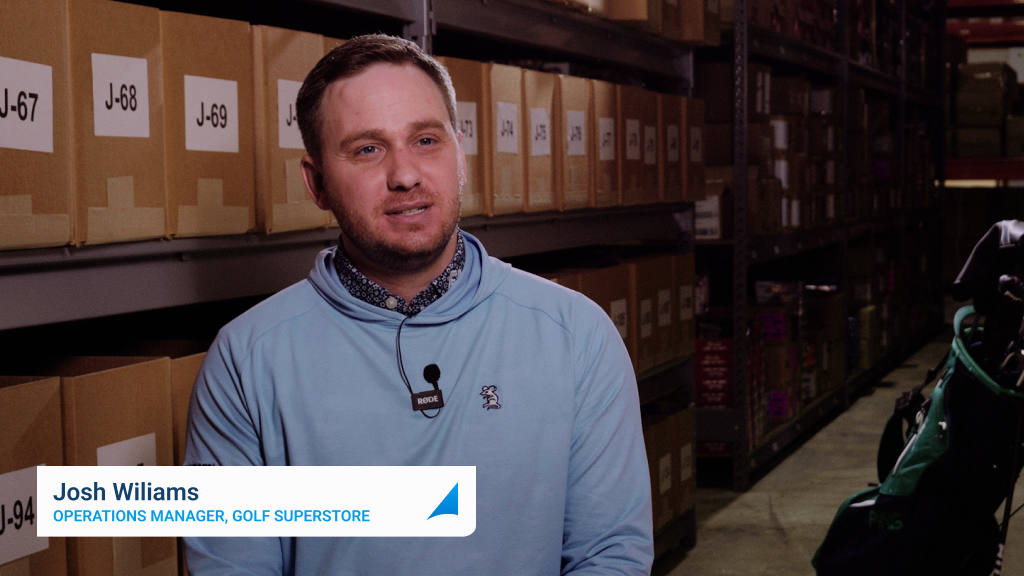
Read the full customer success story here.
Case in Point: CPGIO
CPGIO, a high-volume 3PL, was bottlenecked by an outdated system built for single-channel sellers. They needed multi-client, multichannel support and full changelog visibility. Descartes Sellercloud delivered:
- Unified listings for hundreds of clients across Amazon, Shopify, TikTok Shop, and Walmart.
- Centralized data for faster, more accurate reporting.
- Custom rules and open API for seamless integration with shipping, billing, and analytics partners.
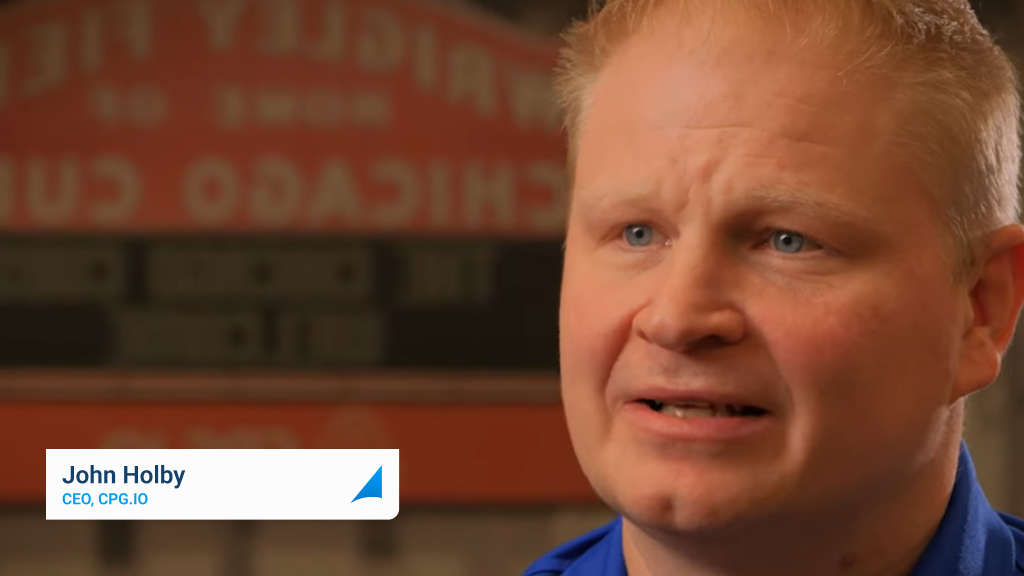
Read the full customer success story here.
Case in Point: Crystal Art Gallery
With over 500,000 SKUs and multiple brands, Crystal Art Gallery couldn’t afford delays. Before Descartes Sellercloud, everything was done manually. After switching:
- All marketplaces and brands sync through a single platform.
- Listings and inventory updates happen in real-time.
- The team expanded to more channels without adding complexity.
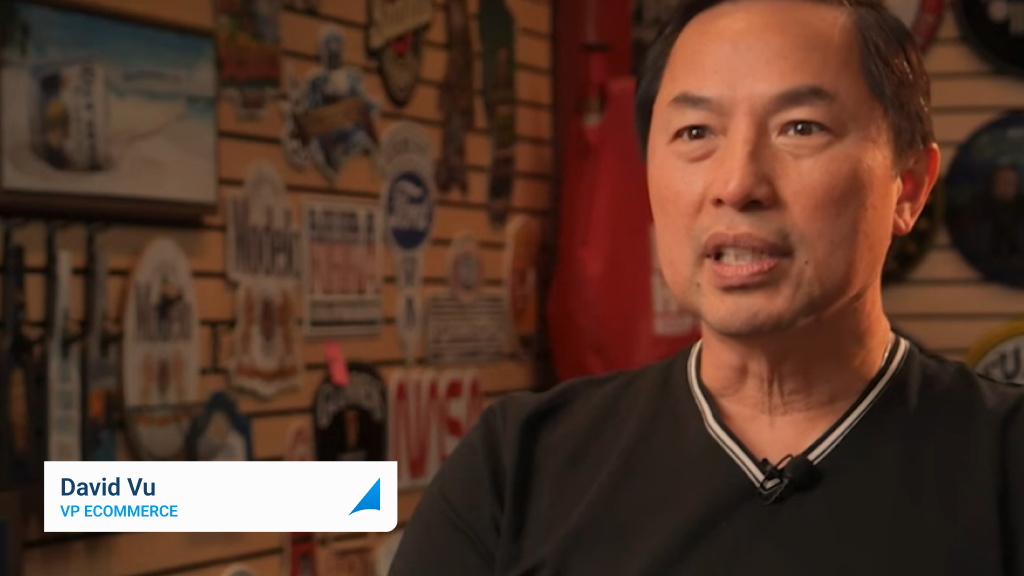
Read the full customer success story here.
Descartes Sellercloud Is Built for Scaling Ecommerce Businesses
Descartes Sellercloud is designed to eliminate fragmentation from day one. With built-in integrations, open APIs, and modules for inventory, WMS, listings, and shipping, your business runs on one source of truth.
Benefits:
- Know exactly what’s in stock at all times. Eliminate stockouts and mis-picks with real-time inventory visibility.
- Keep every sales channel in synchronization. Avoid overselling and stock discrepancies with accurate, channel-wide inventory updates.
- List once, update everywhere. Automate product listings across marketplaces to save time and reduce manual errors.
- Scale without limits. Handle 1 to 1 million SKUs, high-volume sales, and complex catalogs with zero performance trade-offs.
Conclusion: Unify to Scale and End Fragmented Ecommerce Operations
Fragmented systems slow you down. Descartes Sellercloud speeds you up. The brands that made the switch are now running with greater speed, accuracy, and agility than ever before.
Would you like to hear more from Descartes Sellercloud’s delighted customers? Watch the video below and find out how our ability to integrate a wide range of ecommerce channels, services, and tools has done wonders for many businesses.
If you’re tired of juggling disconnected tools, it’s time to centralize your ecommerce operations.
Book a demo to see how Descartes Sellercloud can streamline your business and set the foundation for scalable growth.



